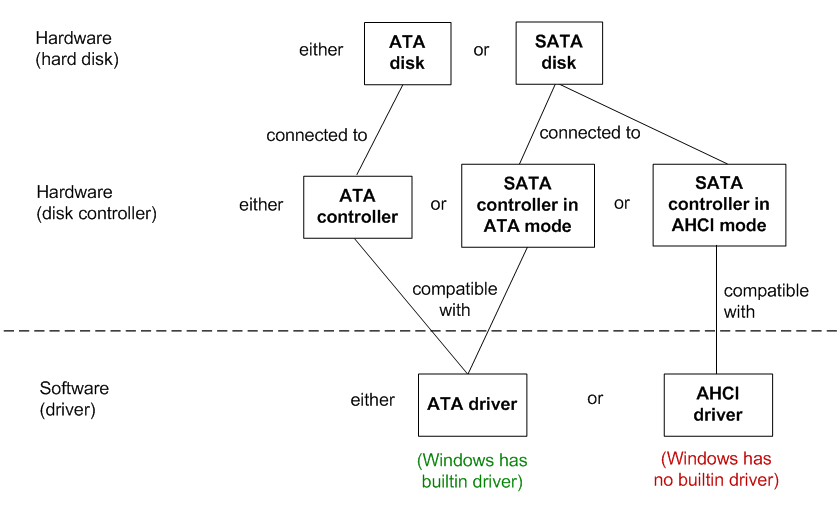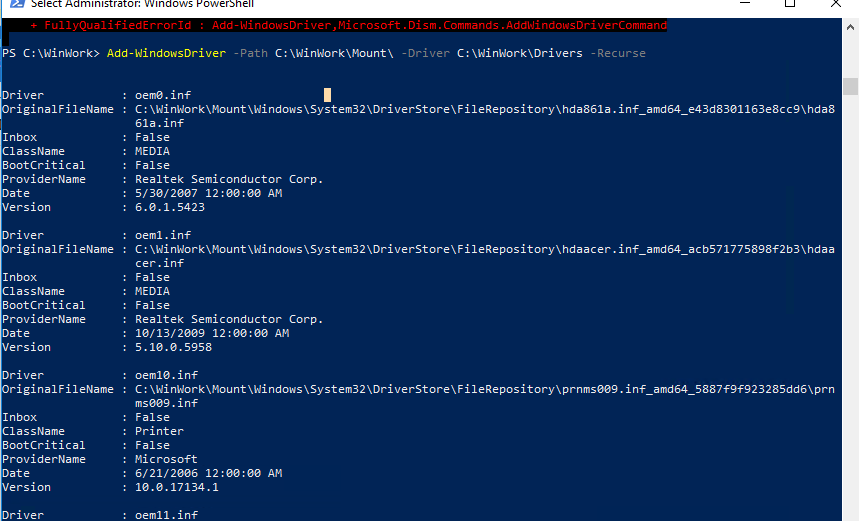

- MICROSOFT CONVERSION TOOL AHCI RAID HOW TO
- MICROSOFT CONVERSION TOOL AHCI RAID DRIVERS
- MICROSOFT CONVERSION TOOL AHCI RAID UPDATE
Thank's for your reply, I have no plans to upgrade to win 10 at the present time, As it's my PC i like to make decisions such as if i wish to apply an update or not, i currently enjoy that choice using Win 7 and have a very stable system, as for support, what support? due to several issues with many of the security updates over the past 12 months, i haven't applied any after Dec,17, i do have a very good security suite though and plenty of common sense.

Using this built-in tool, you can safely and non-destructively convert a Windows 10 computer from legacy BIOS to UEFI disk partitioning. UPDATE: Read about the new MBR2GPT Disk Conversion Tool in Windows 10 Creators Update v1703.
MICROSOFT CONVERSION TOOL AHCI RAID HOW TO
See webpage: How to Convert MBR to GPT Disk in Windows 10/8/7 - and note the options offered here, but at the bottom of the article, note the new tool offered with Windows 10 build 1703 & later: See webpage: Free Convert MBR to GPT Without Data Loss for one example but this is focused on converting a non-system drive - you would need to purchase their pro version to do the same with a system drive! You may wish to consider upgrading from Windows 7 to Windows 10 which has native support for NVMe drives, especially given that Windows 7 support ends in January 2020 which is just over a year away!įor the first task, while you can do this using ATI 2018/2019 this would involve doing a Backup & Recovery (changing the boot mode of the Rescue Media from Legacy to UEFI) to achieve, whereas there are partition programs available that can convert your drive directly.
MICROSOFT CONVERSION TOOL AHCI RAID DRIVERS
I would suggest splitting these factors into separate tasks to minimise the issues that can arise.įirst, you should migrate your existing Windows 7 SATA SSD from MBR to GPT as required by UEFI.Īfter that first task is successful and you have Windows 7 booting in UEFI mode from the GPT SSD, then look at the second task of migrating from the SATA SSD to your new NVMe M.2 SSD, which should then be much simpler to achieve, assuming that you can obtain the necessary NVMe drivers for Windows 7?

I have watched a video on youtube, that claims to show how to do this, but the os shown in the video is WIN10 which will normally boot in UEFI by default, certainly if bootable USB media is used, so that video does not convince meĭave, your request contains several important factors that you are wanting to achieve here. Hi,I have contacted support about this for detailed instructions on how to do this, and have not had a clear answer or confirmation that this ATI 2018/19 software is capable of doing what i need it to do, I was under the impression that it is,Ĭurrently my os ( windows 7 圆4)is installed on a sata ssd but due to its small size i would like to transfer it onto a larger NVME m2 ssd normally it would be a straightforward task, but in my case it is a bit more involved due to the fact that my os was installed from DVD media, partly to avoid the issues with Z170 motherboards and lack of native USB 3 support in Windows 7 So, as a result, it boots using MBR and not GPT UEFI, From what i have read NVME only will boot in UEFI mode? So when i clone the image i will also need to convert the boot mode from MBR to GPT


 0 kommentar(er)
0 kommentar(er)
